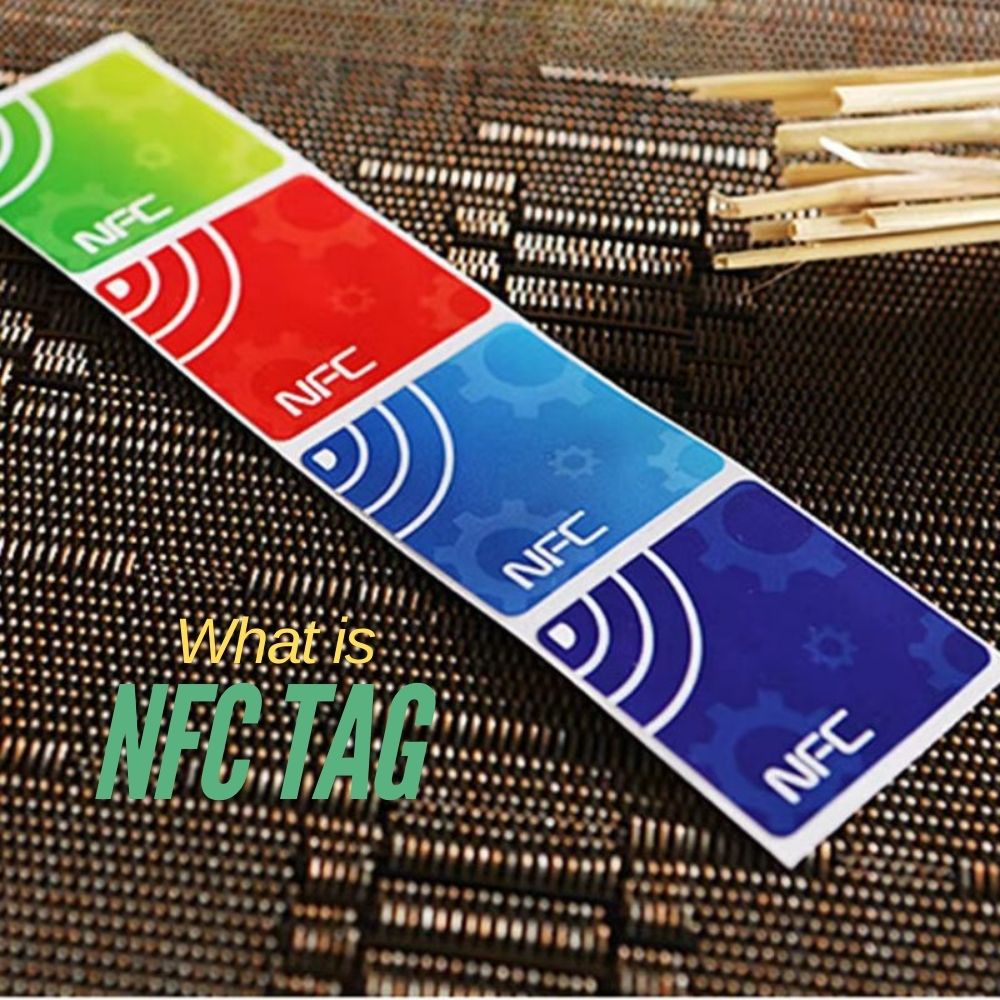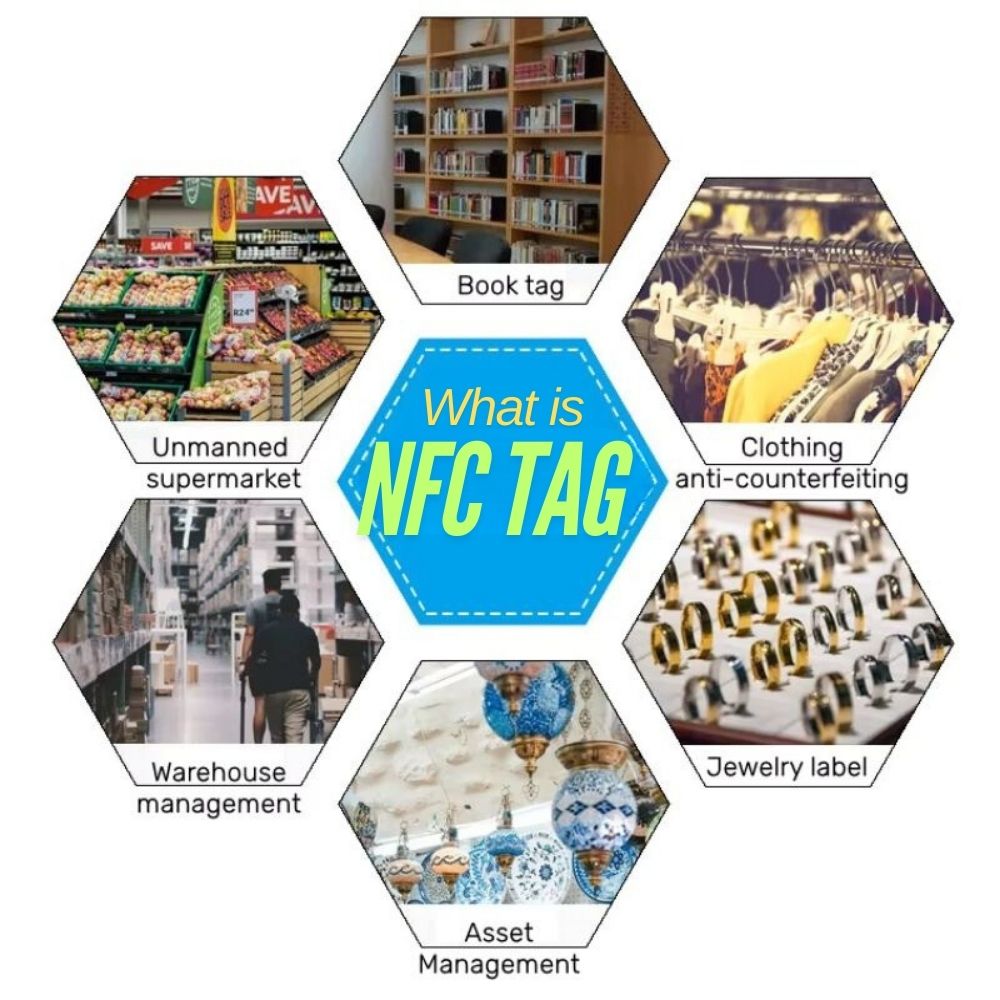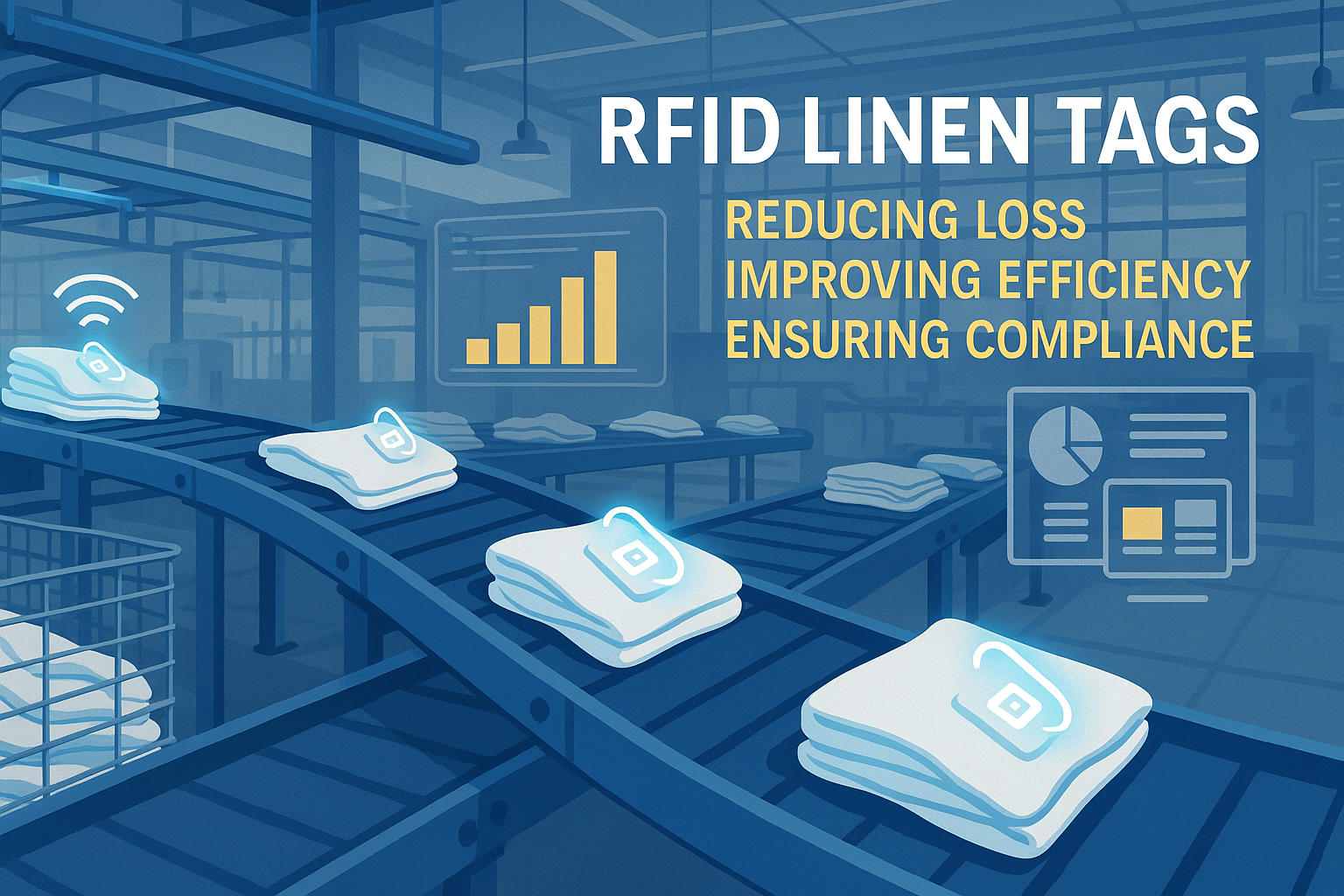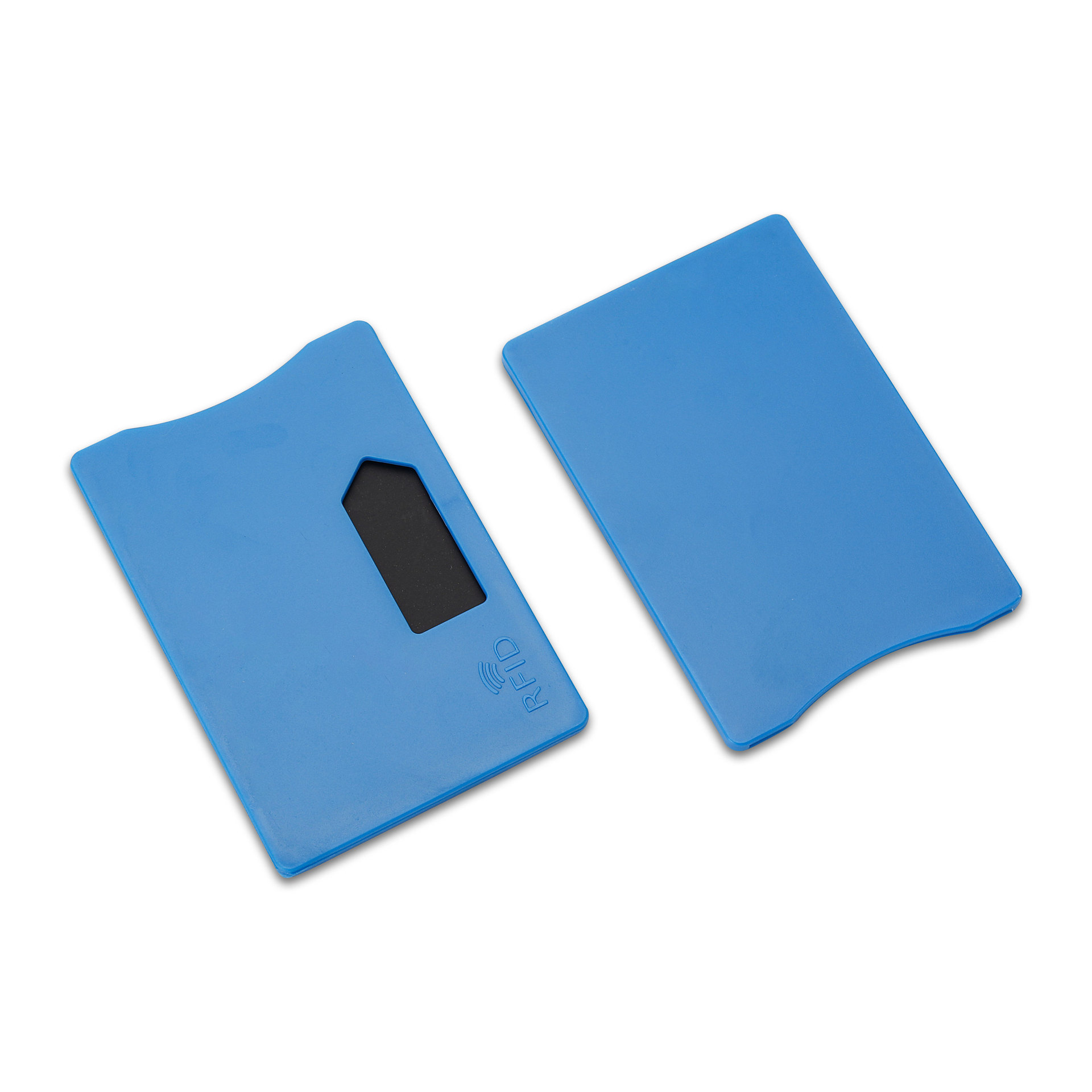
What is NFC Tag?
Table of Contents
Understanding NFC Tags: The Complete Guide to Near-Field Communication Technology
This comprehensive guide explores everything you need to know about NFC tag, from basic principles to advanced applications. Whether you’re new to the technology or looking to optimize your existing systems, this article will provide valuable insights into RFID solutions.

What Are NFC Tags and How Do They Work?
At its core, an NFC tag consists of two main components: an antenna and an integrated circuit. The antenna transmits data to RFID readers using radio frequency waves, while the chip stores and processes information. This wireless communication technology operates across various frequencies, enabling different read ranges and capabilities.Modern RFID systems have revolutionized everything from inventory control to access control, offering real-time tracking and improved data accuracy compared to traditional barcode systems.
Types of RFID Tags and Their Frequencies
Frequency Bands
| Type | Frequency Range | Typical Applications |
|---|---|---|
| LF RFID | 30-300 kHz | Access control, animal tracking |
| HF RFID | 13.56 MHz | NFC payments, smart cards |
| UHF RFID | 860-960 MHz | Supply chain, asset tracking |
How Do Passive RFID Tags Work?
Passive RFID tags operate without an internal power source, instead using electromagnetic energy transmitted by the reader. When a passive tag enters a reader’s field, it harvests RF energy to power its circuit and transmit data back to the reader.Key benefits include:
- Lower cost per tag
- Longer operational life
- Smaller form factor
- Maintenance-free operation
Active RFID vs Passive RFID: Key Differences
Power Source and Range
- Active RFID: Internal battery, longer read range (up to 100m)
- Passive RFID: No battery, shorter range (typically 1-10m)
- Semi-passive RFID tags: Battery-assisted, medium range
RFID Applications in Supply Chain Management
RFID technology has transformed supply chain efficiency with:
- Real-time inventory tracking
- Automated asset management
- Improved inventory accuracy
- Enhanced security measures
- Streamlined operations
The Future of RFID Technology
Emerging trends include:
- Integration with IoT systems
- Enhanced RTLS capabilities
- Improved scalability
- Advanced security features
- Greater read ranges

Frequently Asked Questions
What's the difference between RFID and NFC?
While both use radio frequency technology, NFC operates at 13.56 MHz and is designed for very short-range communication, typically under 4 centimeters.
How long do NFC tags last?
Passive tags can last indefinitely, while active tags typically last 3-5 years depending on battery life and usage.
Can NFC tags be reused?
Many NFC tags, especially hard tags used in asset tracking, can be reused multiple times.
What affects RFID read range?
Factors include tag type, frequency, reader power, antenna size, and environmental conditions.
Comments
Hot Products

What Is RFID Waste Management
Imagine a city where every trash bin speaks — not literally — but through a tiny chip that tells the system when it’s full, when it’s emptied, and where it went. That’s what RFID waste management is doing today.

What are Bolt Seals and their Applications? | Complete Guide
In global trade and logistics, bolt seals play a crucial role in ensuring cargo security and compliance. These small but powerful devices are designed to lock shipping containers, trailers, and cargo doors with a tamper-evident mechanism.

What is an RFID Card Protector? Benefits, Use Cases, and Buying Guide
RFID technology (Radio Frequency Identification) is everywhere: in your credit cards, ID badges, transit passes, hotel room keys, and more. It offers speed and convenience, but it also opens the door to a new kind of digital theft called “skimming.” That’s where an RFID card protector comes in.

RFID Wristbands for Events: Bulk Buying Guide for Organizers
RFID wristbands for events are becoming the go-to solution for organizers who need faster entry, fraud prevention, and cashless payments at concerts, festivals, and sports venues. Unlike paper tickets or QR codes, these smart wristbands use embedded chips to streamline access, secure transactions, and improve the guest experience.

How RFID Tag on Windscreen Improves Vehicle Access Control and Toll Systems
In today’s fast-paced world, vehicle identification needs to be quick, secure, and contactless. An RFID Tag on the Windscreen provides exactly that — a reliable way to manage toll collection, parking, and gated access without stopping vehicles.

The Benefits of RFID Linen Tags in Commercial Laundry
Managing laundry in hospitals, hotels, or large laundry services is a big job. Each day, thousands of sheets, towels, and uniforms are washed, sorted, and sent back out. But problems like lost linens, sorting mistakes, and manual counting can cost companies a lot of money. For example, mid-sized hotels can lose over $200,000 each year from missing linens.
That’s where RFID Linen Tags come in.
Tags
RELATED BLOGS

What Is RFID Waste Management
Imagine a city where every trash bin speaks — not literally — but through a tiny chip that tells the system when it’s full, when it’s emptied, and where it went. That’s what RFID waste management is doing today.

What are Bolt Seals and their Applications? | Complete Guide
In global trade and logistics, bolt seals play a crucial role in ensuring cargo security and compliance. These small but powerful devices are designed to lock shipping containers, trailers, and cargo doors with a tamper-evident mechanism.

What is an RFID Card Protector? Benefits, Use Cases, and Buying Guide
RFID technology (Radio Frequency Identification) is everywhere: in your credit cards, ID badges, transit passes, hotel room keys, and more. It offers speed and convenience, but it also opens the door to a new kind of digital theft called “skimming.” That’s where an RFID card protector comes in.




